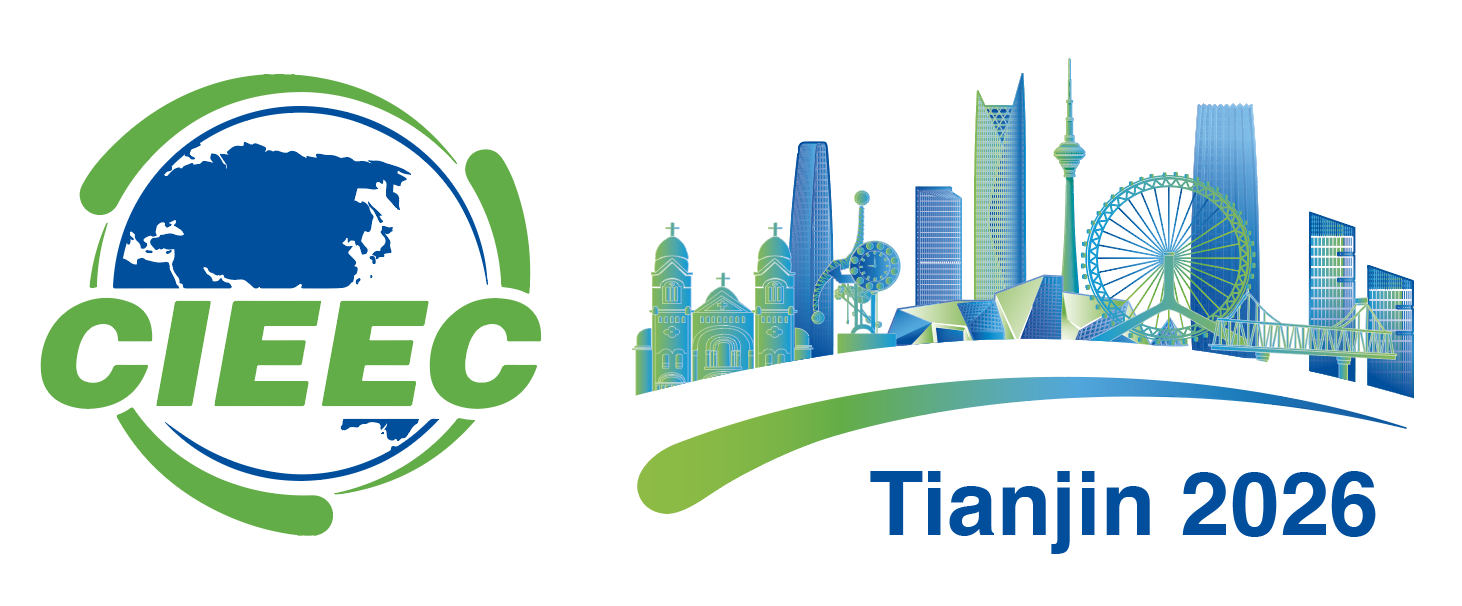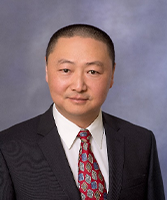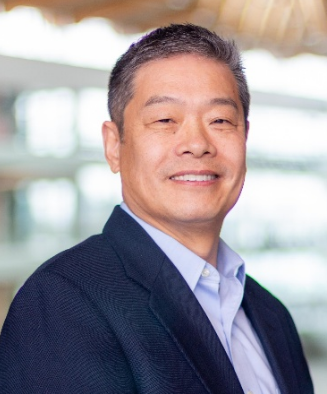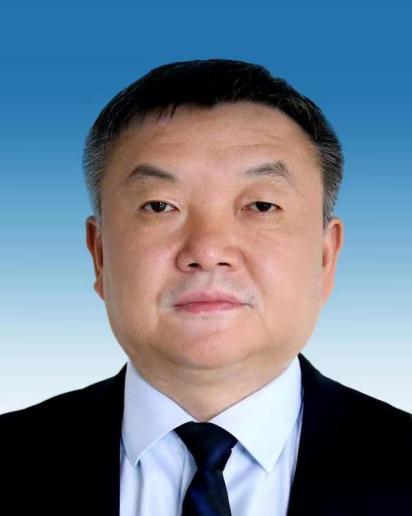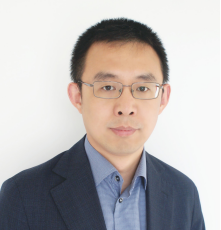Keynote Speakers
Advanced Research Institute at Virginia Tech, USA
read more
Biography
Professor Saifur Rahman is the founding director of the Advanced Research Institute at Virginia Tech, USA where he is the Joseph R. Loring professor of electrical and computer engineering. He is a Life Fellow of the IEEE and an IEEE Millennium Medal winner. He was the 2023 IEEE President & CEO. He was the President of the IEEE Power and Energy Society (PES) for 2018 and 2019. He is the founding editor-in-chief of the IEEE Electrification Magazine and the IEEE Transactions on Sustainable Energy. He has published over 160 journal papers and has made over seven hundred conference and invited presentations. He is a distinguished lecturer for the IEEE Power & Energy Society and has lectured on renewable energy, energy efficiency, smart grid, energy internet, blockchain, IoT sensor integration, etc. in over 30 countries. He served as the chair of the US National Science Foundation Advisory Committee for International Science and Engineering from 2010 to 2013. He has led several research projects for Duke Energy, Tokyo Electric Power Company, the US National Science Foundation, the US Department of Defense, the US Department of Energy and the State of Virginia. He has a PhD in electrical engineering from Virginia Tech.
Lecture Summary
This lecture explains what carbonization is, addresses its causes and impacts. It then offers technological solutions to reduce CO2 emissions from the electric power sector which is responsible over 30% of global Carbon emissions. In order to address the reduction of carbon emissions from the electric power sector, a collaborative approach between the industrialized nation states and emerging economies is necessary. This will involve a portfolio of solutions with low-carbon generation from wind, solar, hydro and nuclear, storage, cross-border power transfer and advanced technology focusing on energy efficiency. This talk also discusses the IEEE Climate Change program and related activities.
RTDS Technologies Inc.
read more
Biography
Dr. Yi Zhang joined RTDS Technologies Inc. in 2000, where he now serves as Vice-President R&D and Chief Technology Officer (CTO). He has over 30 years of experiences working in power system simulation and analysis. His expertise includes Real Time EMT Simulation, Voltage Stability and HVDC, etc. As a principal member of the RTDS development team, he developed many simulation models on RTDS Real Time Simulator in the past 23 years. At present, Dr. Zhang leads the research and development activities in RTDS Technologies. He is an active member in multiple CIGRE B4 working groups and chairs the IEEE PES taskforce on “EMT Simulation of Large Power Systems”. He also serves as an adjunct professor at the University of Manitoba Canada and Hunan University China, and an editor of IEEE Transactions on Power Delivery. Dr. Zhang is a Fellow of IEEE, a Fellow of Canadian Academy of Engineering, a Fellow of Engineering Institute of Canada and a registered professional engineer in the province of Manitoba.
Lecture Summary
This presentation comprehensively discussed various domain transformations in wide band oscillation stability analysis, and explained the intrinsic relationship between various domains (dq0, PN0, Sequence, etc.). Based on this basis, the mathematical roots of frequency coupling that occurs in frequency scanning of power electronic circuits are discovered. This research expanded and consolidated the theoretical basis of wide-band oscillation frequency domain impedance analysis. The ideas and implementation techniques of wide-band oscillation analysis software developed on a real-time simulation system are introduced. The presentation attempts to clarify some difficult but essential concepts in wide-band oscillation analysis of power systems in simple language, hoping to enhance the audience's understanding of this complex phenomenon and its analysis tools.
Simon Fraser University, Canada
read more
Biography
Dr. John Shen is a professor and director of the School of Mechatronics at Simon Fraser University, BC, Canada. He has more than 34 years of industrial, academic, and entrepreneurial experience in power electronics and power semiconductor devices with around 380 publications and 21 issued U.S. patents in these areas. He has been involved in circuit breaker research since 2013, and co-edited a book on Direct Current Fault Protection (Springer 2023). He served as the General Chair of the 2016 Energy Conversion Congress and Exposition (ECCE2016) and the 2018 International Symposium on Power Semiconductor Devices & IC’s (ISPSD2018). He is a Fellow of IEEE and the U.S. National Academy of Inventors.
Lecture Summary
Ultrafast and low-loss circuit breakers are needed for protecting modern DC and AC power grids. Conventional solid-state circuit breakers (SSCB) or hybrid circuit breakers (HCB) are unlikely to meet the challenges. We propose a new concept termed Series-Type Hybrid Circuit Breaker (S-HCB) that offers an on-resistance similar to that of conventional parallel-type HCBs and a µs-scale response time even faster than SSCBs. This talk will explore a variety of S-HCB designs that can be used for protecting both DC and AC power grids.
State Key Laboratory of Disaster Prevention & Reduction for Power Grid Laboratory, China
read more
Biography
Dr. Lu is the Director of the State Key Laboratory of Disaster Prevention & Reduction for Power Grid of State Grid Hunan Electric Power Company. He is also the dean of the School of Electrical and Information Engineering, Changsha University of Science and Technology,He is a leading talent in scientific and technological innovation under the National Ten-Thousand Talents Program. He has long been engaged in the research on power grid disaster prevention safety and its engineering applications at the front line, and has made outstanding contributions in the fields of power grid anti-icing, fire prevention, lightning protection, etc. He has been authorized with 108 invention patents, formulated 12 domestic and international standards, published 4 academic works, and published 102 papers in SCI/EI indexed journals.
As the first accomplished person, he has won one National Science and Technology Progress Award (First Prize), one National Technological Invention Award (Second Prize), and one China Patent Gold Award respectively, as well as six provincial and ministerial-level first prizes. He has also been awarded the Ho Leung Ho Lee Foundation Prize and the National Award for Scientific and Technological Innovation.
Lecture Summary
The power grid is a major national infrastructure that transmits various types of electrical energy, including new energy, to thousands of households. Reliable power supply is essential for social production and daily life. However, the frequent occurrence of extreme natural disasters has long posed a serious threat to the safety of the power grid. More than 60% of severe power outages are caused by disasters such as icing, wildfires, and lightning strikes in the world. The ice disaster in 2008 caused the most significant damage to China's power grid since its establishment, with 730,000 ice-covered towers collapsing. Power grid disaster prevention technology has become a major demand for national energy security. This presentation will explore power grid anti-icing, anti-wildfire, and anti-lightning technologies to address these challenges..
KTH Royal Institute of Technology, Sweden
read more
Biography
Xiongfei Wang is a Full Professor at the Department of Electrical Engineering, KTH Royal Institute of Technology, Stockholm, Sweden, a Parttime Professor at Aalborg University, Aalborg, Denmark, and a Visiting Professor at Hitachi Energy Research Center, Vasteras, Sweden. His research interests include modeling and control of power electronic converters, stability and power quality of converter-dominated power systems, and high-power converters.
Dr. Wang currently serves as the Editor-in-Chief of IEEE Transactions on Power Electronics, the Chair of IEEE International Roadmap of High-Power Electronics for Modern Energy Grids, and the Chair of IEEE Power Electronics Society Technical Committee on Electronic Power Grid Systems. He is IEEE Fellow and has received 11 IEEE Prize Paper Awards, including four IEEE Transactions Prize Papers and the IEEE Power & Energy Society (PES) Prize Paper Award, the 2016 AAU Talent for Future Research Leaders, the 2018 Richard M. Bass Outstanding Young Power Electronics Engineer Award, the 2019 IEEE PELS Sustainable Energy Systems Technical Achievement Award, and the 2022 Isao Takahashi Power Electronics Award.
Lecture Summary
As electrical grids transition toward power-electronic-dominated systems, grid-forming capabilities are increasingly demanded for grid-connected converters to ensure system stability and resilience. However, the widescale deployment of grid-forming converters presents significant challenges, including complex system interactions, stability concerns, and the need for robust control strategies. This talk will explore the fundamental challenges associated with grid-forming converters, including small-signal and large-signal stability, dynamic performances, and interoperability with power system protections. Recent advancements in control strategies, including adaptive and robust control techniques, will be discussed to address these challenges. Finally, insights into ongoing research trends and practical considerations for deploying grid-forming converters at scale will be shared.
